As we discussed in the last Sortie, the Spitfire produced some of the world’s top fighter ace pilots.
In this Sortie we’re going to take a look at the role the Spitfire played operationally and the types of missions that pilots could be expected to undertake. The types and frequency of the missions the Spitfire went on changed dramatically as the war progressed.
Air Supremacy
During the early period of the war from 1939-1941, including the Battle of Britain, the Spitfire’s primary role was as an anti-fighter aircraft; engaging in air-to-air missions. This was either scrambling to engage a threat or patrolling the skies as part of an proactive defensive strategy.
By the time of the D-Day invasions in June 1944, the Allies had managed to gain air superiority over Northern France. This was achieved through a combination of constant bombing and harassment of German airfields and factories and also from the operational losses the German pilots suffered.
It was also greatly helped by the fact that a significant portion of the Luftwaffe’s available forces had been sent to the Eastern Front, where they were engaged in an attempt to fend off the Soviet Union’s counterattack.
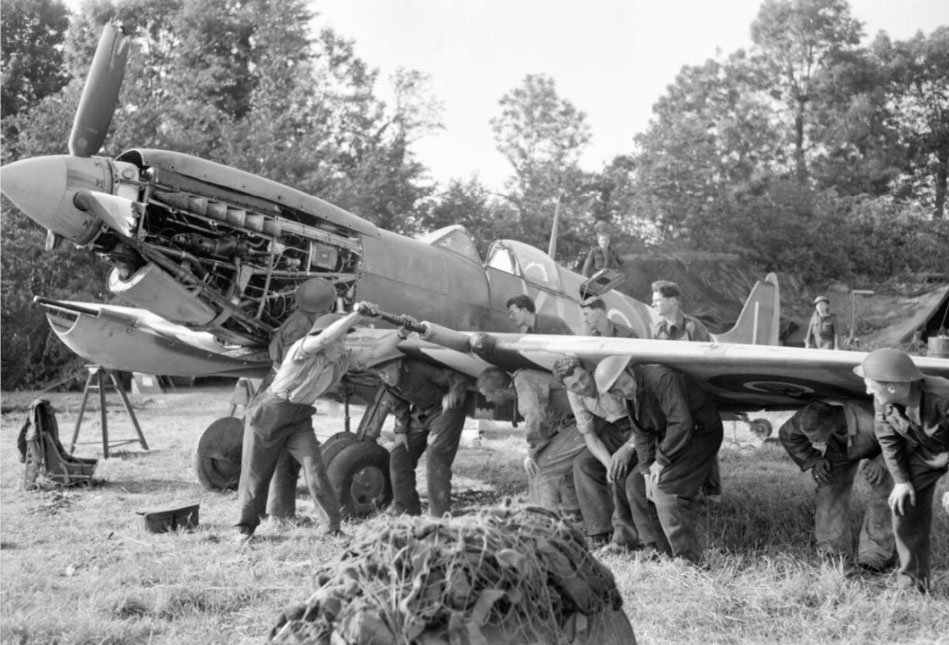
The speed of the Allied advance into Europe meant that repairs usually had to be improvised at makeshift airstrips. This Spitfire, which has lost almost its entire propeller, appears to be having a wing removed
Since the Battle of Britain, the constant attrition rate on Luftwaffe pilots meant that the Germans were never able to replace the pilots they lost.
By August 1944, just two months after the D-Day invasions, the Allies were able to upgrade their air superiority to air supremacy. This meant they were able to launch air missions with impunity and with a reduced fear of reprisals from the air.
The Spitfire LF Mark 9 was the version of the Spitfire that took the fight to the Germans after D-Day.
Threats to the Spitfire
In June 1944, of 152 Spitfires destroyed or damaged, only 21 were shot down by enemy aircraft, with the majority of remainder of the losses being due to ground based anti-aircraft fire.
Germany’s formidable 88mm Flak 41 anti-aircraft cannon, which was also successfully used as both a feared anti-tank gun and the Tiger tank’s main weapon, was generally too slow to hit low flying and fast-moving targets, such as the Spitfire.
The biggest danger came from the smaller, rapid firing 20mm calibre batteries, with a single hit to the Spitfire’s delicate radiator able to cause the engine to overheat or seize.
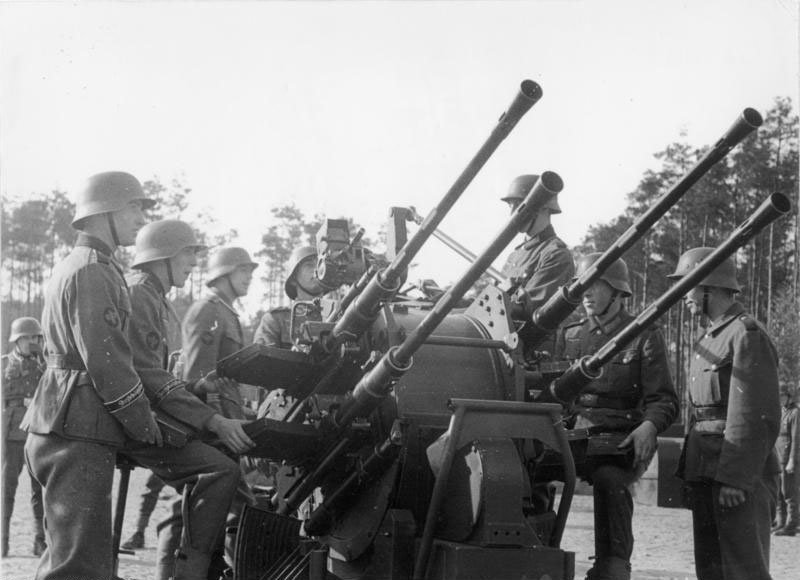
A German 20mm Flakvierling 38 anti-aircraft gun
The Spitfire as a Bomber Escort
With a determined effort being made by RAF Bomber Command to maintain bombing raids over occupied Europe, there was a need to provide an escort of fighters to cover and protect the slow-moving bombers from enemy fighter interception.
The Spitfire LF Mark 9 had a range of 434 miles, fuelled from its 85-gallon internal tank. This range could be extended to 980 miles with the use of a 90-gallon slipper tank fitted on the belly of the aircraft. However, this slipper tank was heavy and affected aerodynamic performance and so would need to be dropped away in the event of enemy contact.
This meant that without modification, the Spitfire was not capable of supporting bombing campaigns deep into enemy held territory.
RAF Bomber Command’s lack of a long-range escort fighter meant they instead relied on their heavy bomber, the Avro Lancaster, to defend itself against enemy fighters. It was very capable in this regard, with examples such as rear gunner Wallace McIntosh, who managed to shoot down 8 enemy aircraft – including 3 fighters, in just one mission.
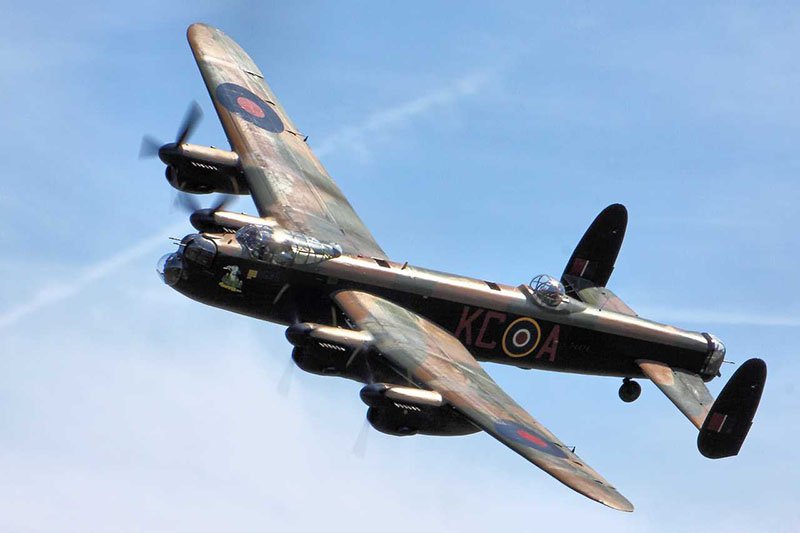
An Avro Lancaster, capable of carrying bombs weighing up to 22,000 lb (10,000 kg)
Flying during the relative safety of night, the Lancaster bristled with defensive guns from its four turrets. Powered by four Rolls-Royce Merlin engines, the Lancaster remained the heaviest bomber of the war until the Americans introduced the Boeing B-29 Superfortress in mid-1944.
For long distance daylight bombing raids, stepping into the role of the long-range fighter escort for the RAF was the US built P-51 Mustang. In 1940, as the Battle of France was still raging, the British Purchasing Commission had made a request to buy some American Curtiss P-40 aircraft. Its manufacturer, North American Aviation, was confident that they could produce a new air-frame that would have superior performance to the Curtiss.
Given the go-ahead, in just over 3 months they developed the Mustang. Also powered by the Merlin engine, the Mustang had a range of 1,300 miles on internal fuel and up to 2,440 miles if using external fuel tanks.
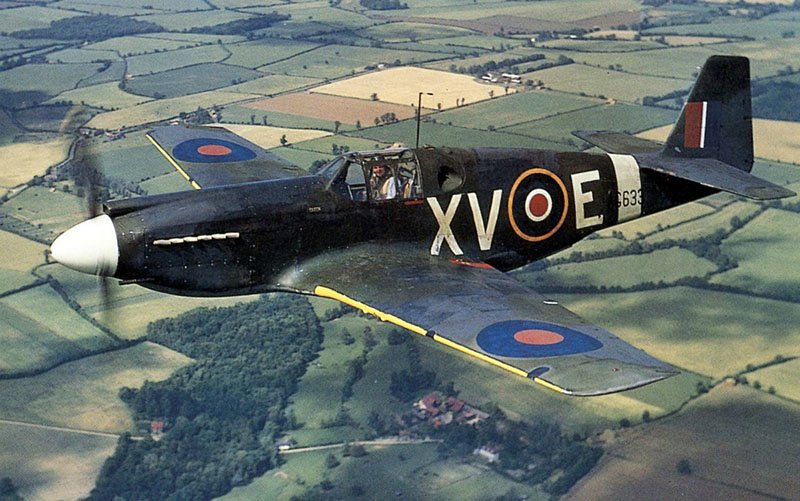
A North American P-51 Mustang flown in RAF colours
The Spitfire, however, was still used as a bomber escort in short range daylight missions, such as the Ramrod sorties.
Photo Reconnaissance
It was realised early in the Spitfire’s life that being capable of flying at both high speeds and at high altitudes meant that it would make an ideal candidate for photo reconnaissance (PR).
The Spitfires chosen for this task were specially designated PR aircraft and would undergo several modifications. The weapons in the wings were removed and replaced with two F24 cameras and additional fuel. Drop fuel tanks were also added and the aircraft were painted a light blue to help camouflage them against the sky.
Pilots flying the PR Spitfires had a particularly tough job. They had to endure the cramped conditions of the cockpit for up to seven hours; with heating and pressurised cockpits only introduced later in the war. While on the constant look out for enemy aircraft, they also had to accurately navigate over hundreds of miles; all while maintaining complete radio silence and with no weapons to defend themselves.
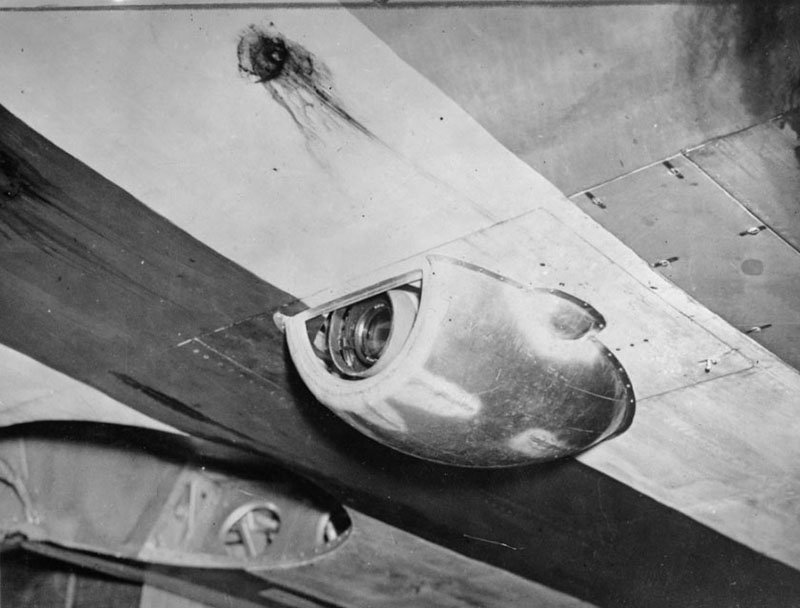
An F24 aerial camera, with an 8-inch focal-length lens, fitted in a blister under the port wing of a Spitfire
Some low-altitude photo reconnaissance missions, called “Dicing”, were flown. These were considerably more dangerous due to threat from ground based anti-aircraft fire. Pilots flew these PR Spitfires usually just under the clouds in aircraft that were painted either white or a pale pink, to blend in with the clouds.
Despite these risks, photographs from Spitfires proved vital to the war effort. PR Spitfires provided both before and after images of the effects from the Dambusters raid, identified V1 flying bomb sites and provided constant intelligence of German troop deployment and movements.
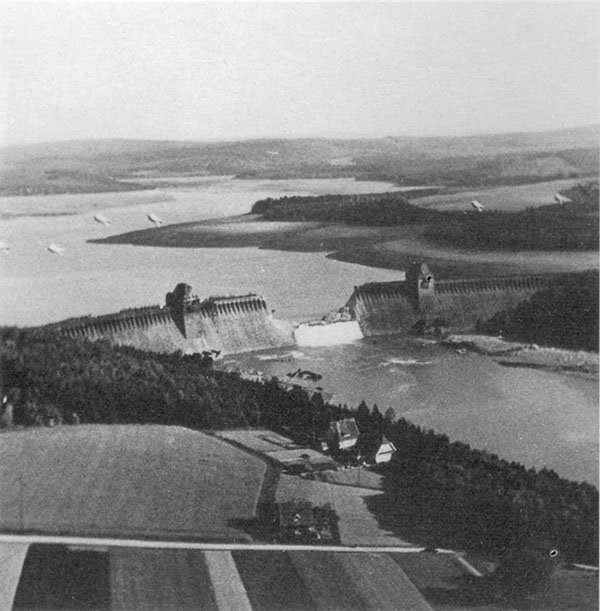
The success of the Dambusters Raid was evidenced by photographs such as this, taken by a PR Spitfire, showing the destruction of the Mohne Dam
The Weather
How often a Spitfire pilot could go on a Sortie was mainly dependent on the weather. There could be periods as long as a week where pilots were grounded by poor weather or low cloud cover. This was offset by the days where there were perfect flying conditions and pilots were expected to fly five or more Sorties in a day.
Before D-Day, the skies over the English Channel were windy and cloudy, with rough seas and poor visibility. A summer storm had hit the area and the originally planned invasion date of 5th June 1944 had to be postponed.
An Allied soldier’s water colour painting, showing the weather on 5th June 1944
This poor weather had led to Field Marshal Erwin Rommel, the chief architect of the defence against the Normandy landings, to assume that no landing invasion was imminent. He instead decided to return to Germany to celebrate his wife’s birthday.
Hitler too, confident that the weather had delayed any landings, decided to treat himself to an extra few hours of sleep – and ordered his guards not to wake him.
Along with radar stations dotted along the coastline, the British also had advanced weather stations, which enabled them to measure the weather in the Channel more accurately. With this data, meteorologists had been able to predict that there would be a brief lull in the storm. On 6th June 1944, as forecast, the skies cleared and the invasion took place. With Hitler asleep and Rommel away, the Germans were unable to organise a counterattack until the beaches had already been secured.
Types of Spitfire Missions
A Spitfire pilot after D-Day flew on average just over one sortie per day. These missions weren’t evenly spaced out however and pilots could fly on as many as five sorties in a day, with each sortie lasting an hour or more.
The objectives of sorties were evenly split between air and ground targets. There were six main types of missions, with some given their own RAF slang name:
Patrol: An active search for enemy air targets over, or near to, friendly territory.
Sweep “Rodeo”: A more aggressive Patrol, where Spitfires would search for aircraft over enemy territory.
Scramble: If enemy aircraft were sighted by spotters or on radar, an unplanned defensive sortie was launched to intercept them. This was the most common type of sortie during the Battle of Britain. However from D-Day, as the Allies gained air supremacy, these missions became far less common.
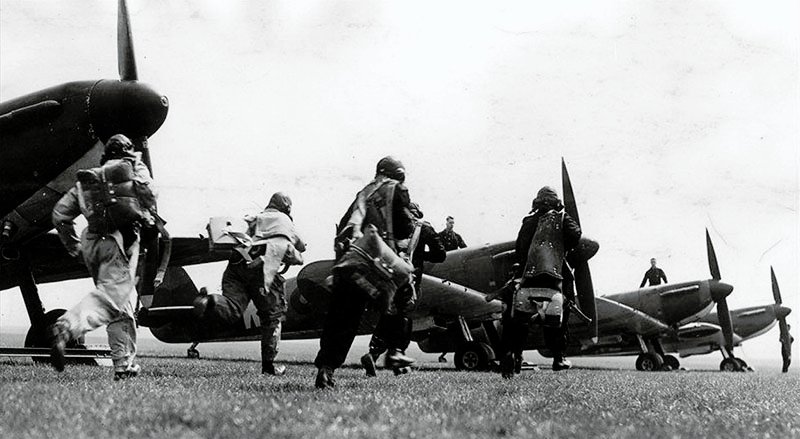
Pilots scrambling to their Spitfires
Armed Recon “Rover”: This was an aggressive ground attack sortie against targets of opportunity.
Bomber Escort “Ramrod or Circus”: These missions were short range bomber escort sorties, flown during daylight hours. They were used to both attack ground targets and draw enemy fighters out.
Bombing: The Spitfire was a very capable dive bomber, able to accurately deliver up to 1000lbs of bombs.
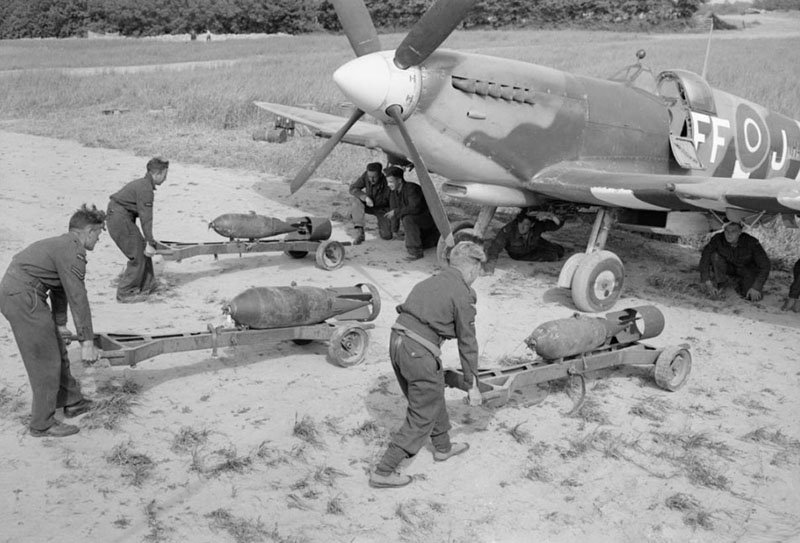
A Spitfire could be loaded with two 250lb bombs on its wings and one 500lb bomb under its belly
The tactics for dive bombing were to approach a target from the side at 6000ft. When the pilot saw the target disappear under his wing, he would reduce his power and turn 90° towards the target entering a 45-60° dive as he did so. Reaching 360mph in the dive, when at 3,000ft and the target had just disappeared under his nose, the pilot would release his bombs and he would make an intense 5g pull up. The bombs would carry the momentum from the Spitfire and continue on the diving trajectory towards the target.
At 2,000ft, the Spitfire would have recovered to level flight and the pilot would immediately put the Spitfire at full power and turn 90° back towards his original heading, making a high-speed, low-level escape.
If a pilot was able to keep his nerve, a dive-bombing Spitfire using this method could consistently hit a target within 10m.
The Desert Fox
Erwin Rommel was a gifted German general who was loved by his men and respected by his opponents; he was given the nickname the Desert Fox by the Allies after he had been such a cunning menace in North Africa. Although initially absent for the D-Day landings, Rommel returned to organise the defence of the area.
Unfortunately for him, the Desert Fox would not be able to outsmart a Fox flying a Spitfire.
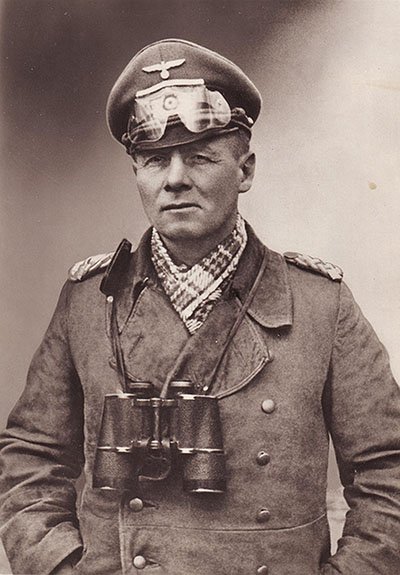
On 17th July 1944, Canadian pilot Charley Fox was flying on an armed recon sortie, searching for targets of opportunity. Flying his Spitfire LF Mark 9 at a low altitude he spotted a black car.
Unaware that this was Rommel’s personal staff car, Charley opened fire on the vehicle with his 20mm Hispano cannons. The driver of the car was directly hit with one of the explosive cannon shells and being unable to maintain control of the vehicle, the car veered off the road and ploughed into a tree. In the resulting crash, Rommel suffering life-threatening fractures to his skull.
Miraculously, Rommel survived and his wounds healed. However, by the time he would have been able to return to duty, Germany’s Volksmarschall (people’s marshal) had been implicated in the failed 20th July 1944 assassination plot against Hitler – named Operation Valkyrie.
Rommel, who spoke on the telephone with Hitler for up to an hour each day, had become increasingly vocal about his belief that the war was now unwinnable. His detractors of fanatical Nazi ideologues now circled like vultures and pointed to Rommel’s pragmatic opinion of Germany’s chances, as evidence of his guilt.
On 14th October 1944, Hitler’s staff arrived at Rommel’s home and, despite lacking any direct evidence of his guilt, presented him with a choice; he was told he would either face a show trial and public execution, or he could keep his reputation and his family safe – and was handed a cyanide pill. Given just a few minutes to decide, Rommel chose to take his own life.
Such was Rommel’s popularity in Germany, that the Nazis claimed that he had died as a result of his injuries sustained in the Spitfire attack, rather than reveal the truth.
Other Important Missions
To help keep the troops fighting in France’s morale up, it was decided that supplies of beer were needed. For such an urgent mission, some Spitfire pilots believed they could offer a creative solution. The slipper fuel tanks of the Spitfire were emptied, steam cleaned and filled with beer. Despite having both a metallic taste and a smell of aviation fuel, the beer – which had been chilled by the flight over – was well received.
Although the use of such a valuable aircraft for such purposes was not officially sanctioned, the leadership of the RAF didn’t raise a complaint and frequent beer-runs were made. Later attempts carried beer barrels under the wings, to help ensure that the taste wasn’t tainted by high-octane fuel.
Barrels of beer being emptied into a slipper fuel tank, ready to be taken to the front line troops. The ground crew have written “Joy Juice XXX” on the tank
The Spitfire’s Versatility
The Spitfire was capable of being used aggressively and defensively, against air and ground targets and in low level and high altitude flight.
A Spitfire could be used to scout and photograph a target, another Spitfire could bomb that target, while another Spitfire could provide cover from enemy aircraft. Safely back at base, they could enjoy a cold beer, freshly delivered across the English Channel by another Spitfire.
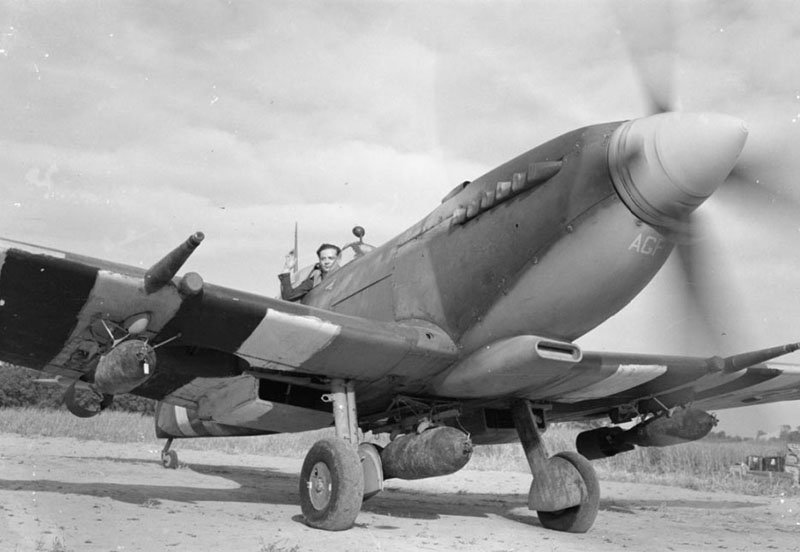
Demonstrating the Spitfire’s deadly capabilities against both ground and air targets, Wing Commander Geoffrey Page of 125 Wing was photographed here before taking off on a bombing sortie. After successfully completing his mission, on the return flight he would spot and shoot down his 14th enemy aircraft, a Bf 109
Each mission was important to the war effort and needed the pilots to have accurate and reliable instruments, including their wrist watch.
So, from bringing beer to the troops to keeping the skies safe, the Spitfire was an immensely versatile tool in RAF Fighter Command’s armoury.
The Watchmaker – Objectives
As you will have read in the last Sortie, when I founded the Great British Watch Company, I had a number of long-term objectives. Some of the more ambitious of these goals were put on hold while I worked for other watch brands and so during this time I decided to turn my company website into a portal – to help both aspiring watchmakers and provide information for people interested in British watch brands.
In the goal of “To help educate and inform the public about Britain’s historic role in horology”, I can say that this has been successful. Despite the topic catering for a very niche market, my page on British watchmaking has been viewed by over five million individuals.
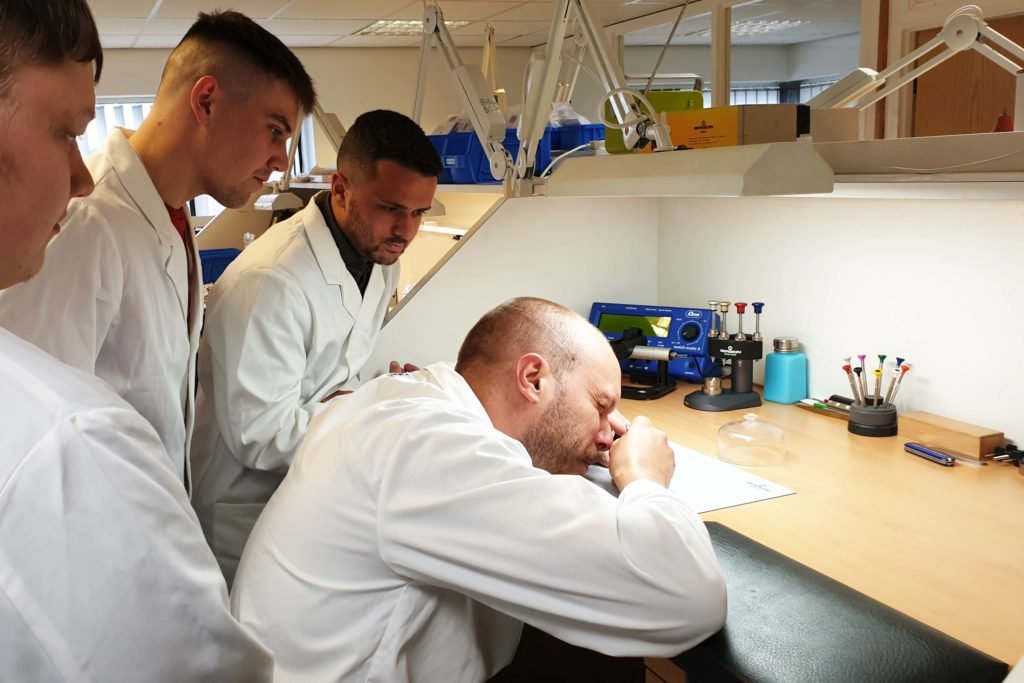
Demonstrating some watchmaking skills to students
Another area where I was keen to help make an improvement was education. When I had decided to train as a watchmaker, there were no watchmaker apprenticeship opportunities available. This meant that prospective students without financial backing would struggle to get into the industry.
So, I vowed that when I had the first opportunity, then I would start an apprenticeship programme myself. That opportunity arose when I became a department head and one of the first tasks I completed was creating a 5 year training plan. This would take apprentices from no previous knowledge to being fully-fledged qualified and experienced watchmakers. By the time I left to start working on making my own watches, there were 5 students on the programme, making it the largest watchmaker apprenticeship scheme in the UK.
Next Sortie
We will look at the Spitfire that The Few watch will be made from, and learn about the missions that it flew on along with the pilots that took her to the air.
See you there.
https://www.great-british-watch.co.uk/sortie-13-the-few-spitfire/



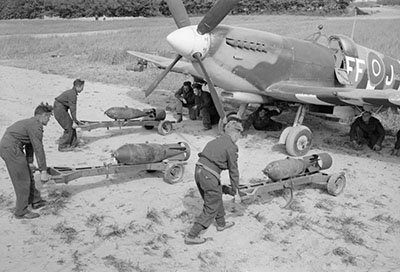
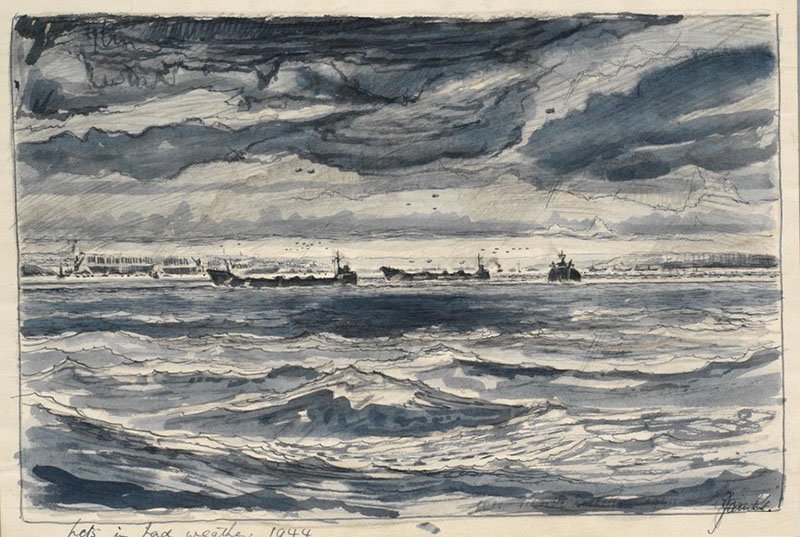
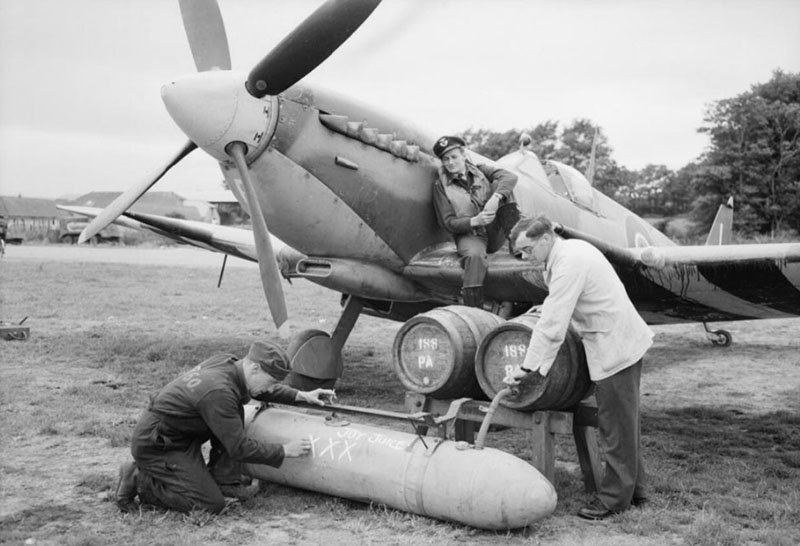
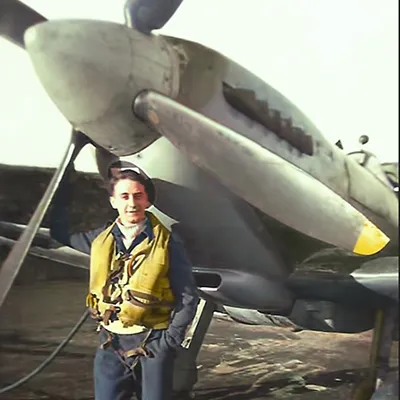

Sortie 13 – The Few Spitfire – Great British Watch Company
26 July, 2022 at 6:58 pm
[…] Details about these types of mission were described in the last Sortie. […]